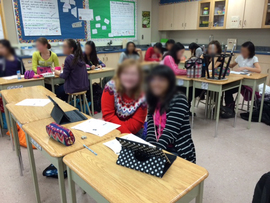
Several math contests are written in the spring, the first being the Math League contest in mid-February. And so I enlisted the help of a retired math professor acquaintance, and formed a three-part "math support group" of sorts so that students interested in writing the contest, or just interested in a challenge, could come either after school or at lunch to work together on previous years' contest questions, and get help from a real, live math professor if they wanted to! :)
This evening after school was our first session, and the turnout was excellent: I had invited students from ALL the Grade 7 classes... about 30 students showed up, and several more signed up to indicate interest, but couldn't stay tonight and would be back next session.
While Bach's cello suites provided an ambient backdrop, students worked alone, in small groups or with a partner at desks or on the floor, wherever they could find a spot to hunker down and get into the math.
Tonight's introduction offered a neat vibe in my classroom. I'm looking forward to the next two sessions.
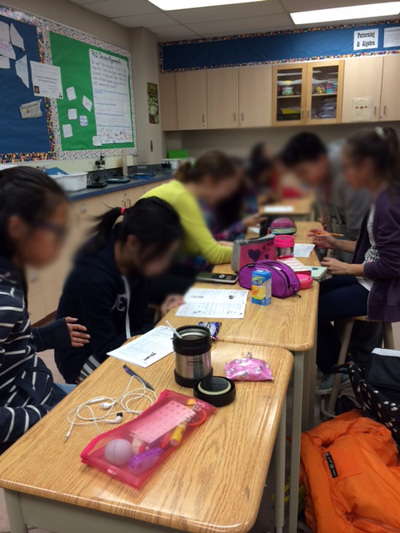
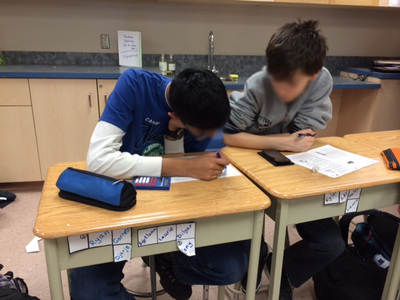
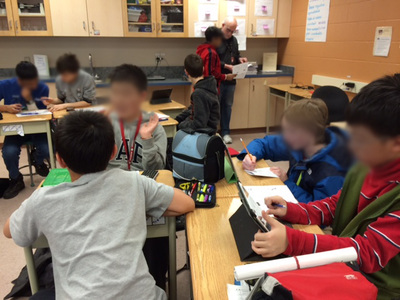
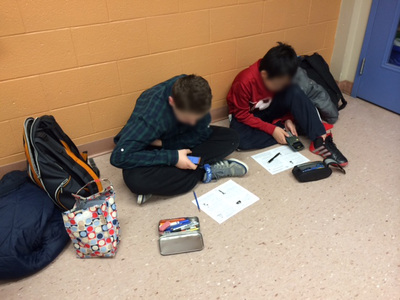
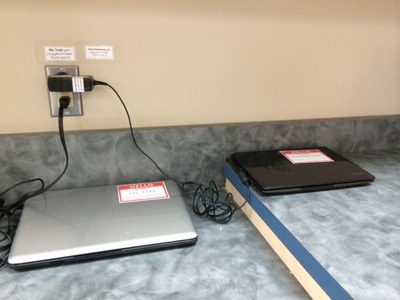
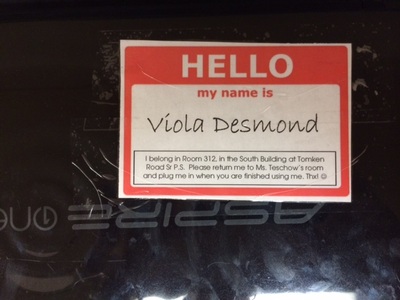

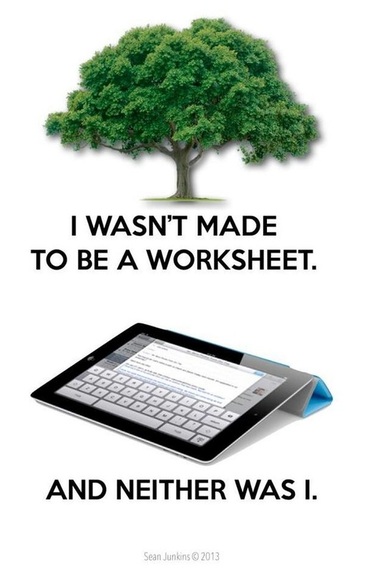
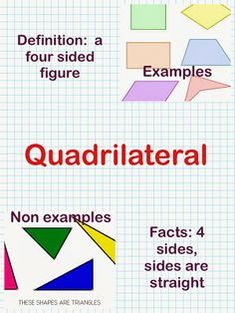
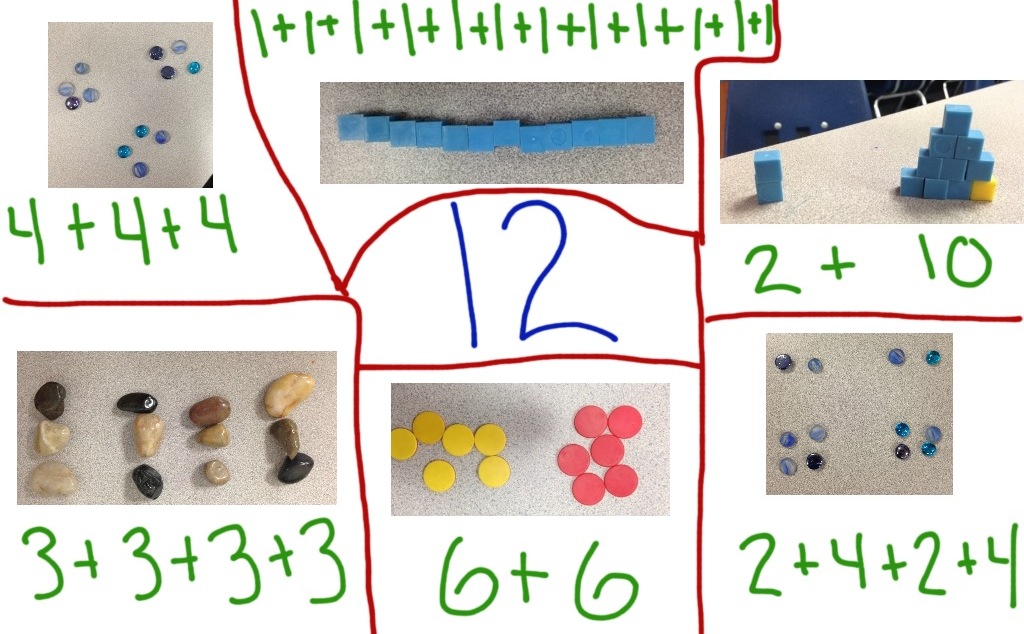
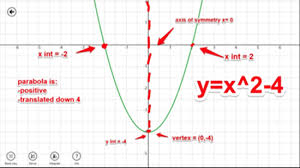
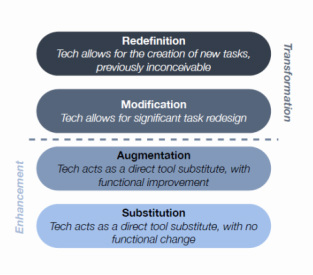
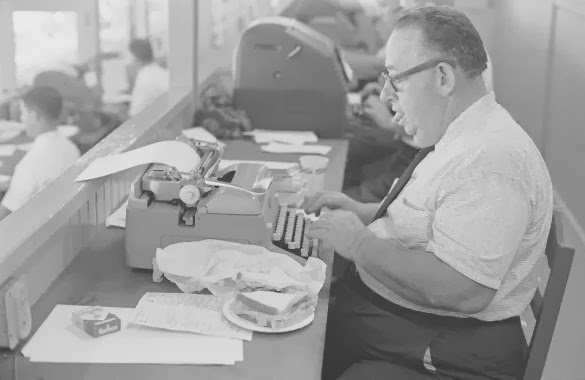




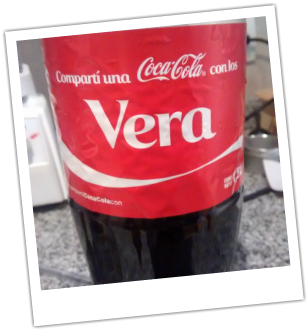
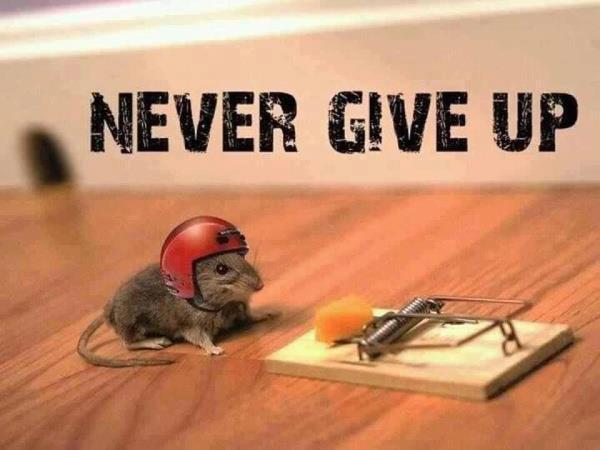

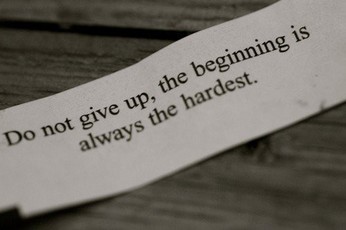
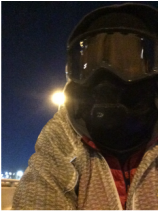
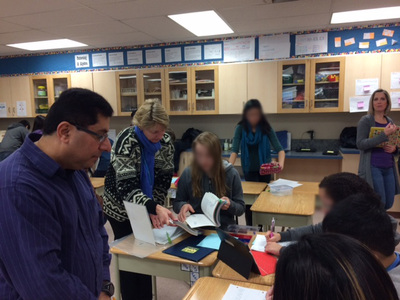
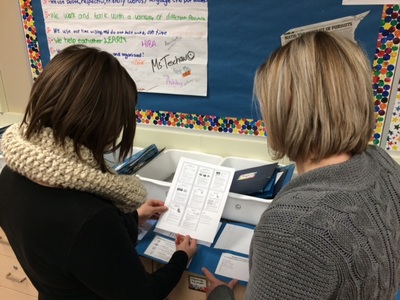
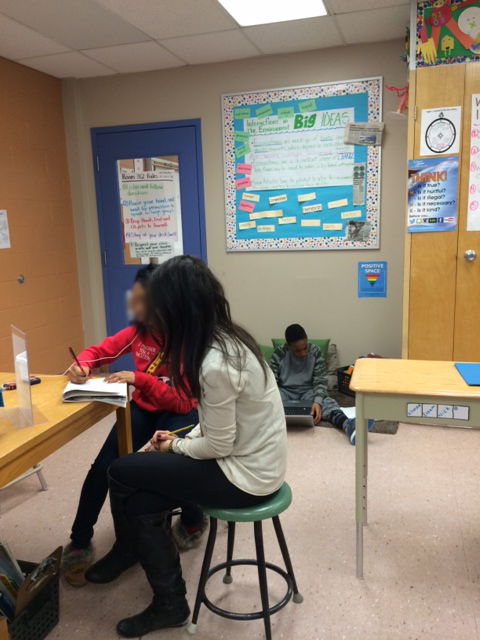
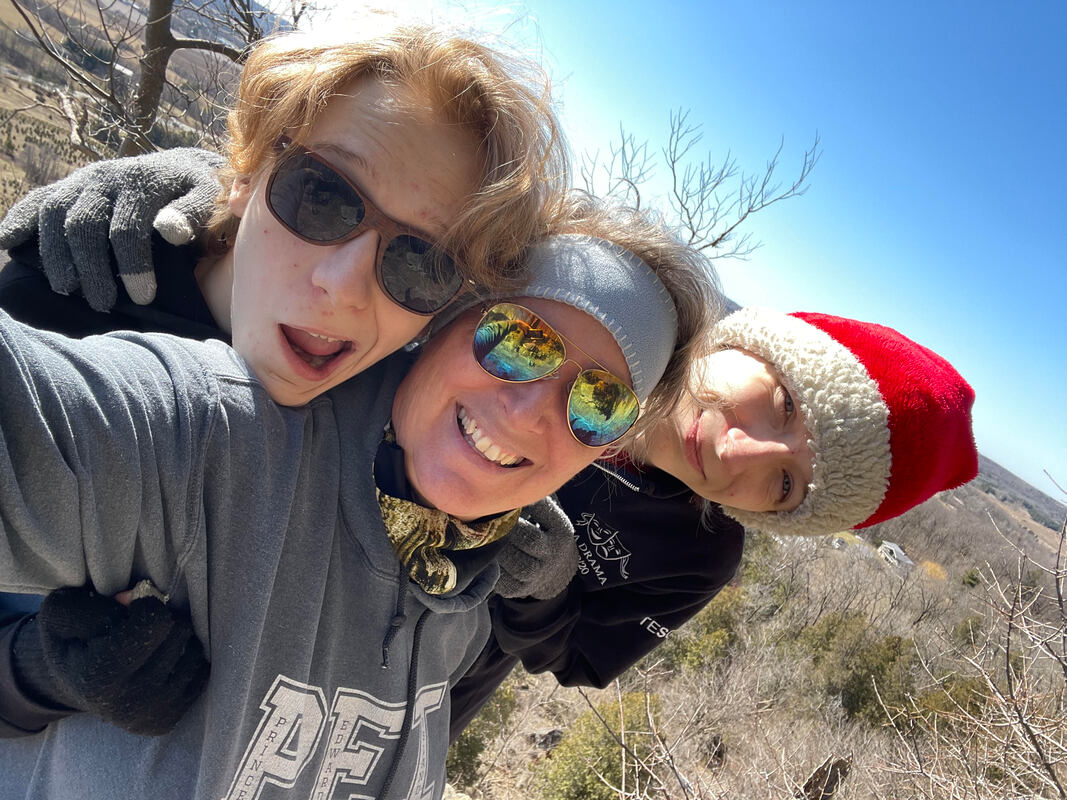

 RSS Feed
RSS Feed